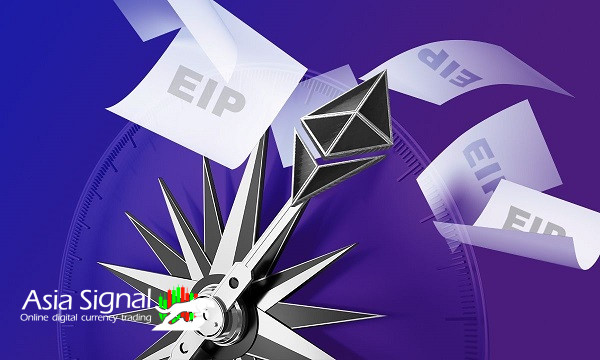Understanding Ethereum Improvement Proposals (EIPs): The Driving Force of Ethereum's Evolution
Ethereum, the second-largest blockchain platform by market capitalization, has been at the forefront of innovation in the world of cryptocurrencies and blockchain technology. One of the key factors contributing to its success and adaptability is the Ethereum Improvement Proposal (EIP) system. EIPs serve as the driving force behind Ethereum's continuous development, ensuring that it remains a dynamic and responsive blockchain ecosystem.
What are Ethereum Improvement Proposals (EIPs)?
EIPs are a standardized way to propose and discuss changes and upgrades to the Ethereum network. They act as a formalized mechanism for Ethereum developers, researchers, and the community to collaborate on improving the platform. EIPs can cover a wide range of topics, from technical specifications and improvements to changes in Ethereum's economic policies or governance mechanisms.
The EIP process encourages transparency, inclusivity, and open debate, making it a critical component of Ethereum's decentralized ethos. Anyone can submit an EIP, and the proposals are openly discussed and reviewed by the Ethereum community.

Types of Ethereum Improvement Proposals
EIPs are categorized into three main types based on their scope and impact:
1. Core EIPs: These are fundamental changes to the Ethereum protocol, such as upgrades to the consensus algorithm, changes to the virtual machine, or alterations to the core functionality of the blockchain. Ethereum's major network upgrades, such as Ethereum 2.0, are typically proposed and implemented as Core EIPs.
2. Networking EIPs: These proposals focus on improving the network layer of Ethereum, including changes to peer-to-peer communication, network optimization, and security enhancements.
3. Interface EIPs: These EIPs aim to enhance the user experience and developer tools associated with Ethereum. This category covers topics like wallet standards, API specifications, and the creation of new programming languages or libraries.
The EIP Lifecycle
The journey of an EIP from proposal to implementation typically involves several stages:
1. Draft Proposal: An individual or a group of contributors drafts a proposal outlining the changes they want to make to Ethereum. This draft is submitted as an EIP and made public for discussion.
2. Discussion: The Ethereum community, including developers, researchers, and enthusiasts, reviews the proposal and provides feedback. This stage can involve rigorous debate and may lead to revisions of the proposal to address concerns or improve the proposal's quality.
3. Finalization: Once a proposal has garnered sufficient consensus and support, it is marked as "Final" or "Active." This means that it is accepted by the community as a valuable improvement to the Ethereum network.
4. Implementation: The Ethereum developers and client teams work on implementing the approved EIP. This phase requires coding and rigorous testing to ensure that the changes will work seamlessly on the Ethereum network.
5. Activation: Finally, the Ethereum community decides when and how to activate the EIP. This may involve a network upgrade, also known as a "hard fork," to incorporate the changes into the blockchain.
The Importance of EIPs
EIPs are integral to Ethereum's evolution and growth for several reasons:
1. Innovation: EIPs foster innovation by allowing developers to propose and implement new features and improvements. This keeps Ethereum competitive in a rapidly evolving blockchain landscape.
2. Security: The open discussion and review of proposals help identify and address potential security risks, making the network more robust and secure.
3. Consensus Building: EIPs facilitate consensus-building within the Ethereum community. Decisions about protocol changes are made collectively, reducing the risk of contentious hard forks and network splits.
4. Community Involvement: EIPs encourage active participation from a broad spectrum of stakeholders, ensuring that the Ethereum network evolves according to the needs and desires of its users.
5. Documentation: EIPs serve as a comprehensive and standardized documentation system for Ethereum's development. This makes it easier for developers to understand and contribute to the network.
Conclusion
Ethereum Improvement Proposals (EIPs) are the backbone of Ethereum's adaptability and innovation. They empower the Ethereum community to propose, discuss, and implement changes that keep the blockchain platform at the forefront of the cryptocurrency and blockchain space. As Ethereum continues to evolve and address new challenges, the EIP system will remain a critical component of its success. It exemplifies the decentralized, collaborative, and open-source nature of blockchain technology, making Ethereum a leader in the industry.
Asiasignal is The Best Forex Signal Provider.Just follow us.

















Comments